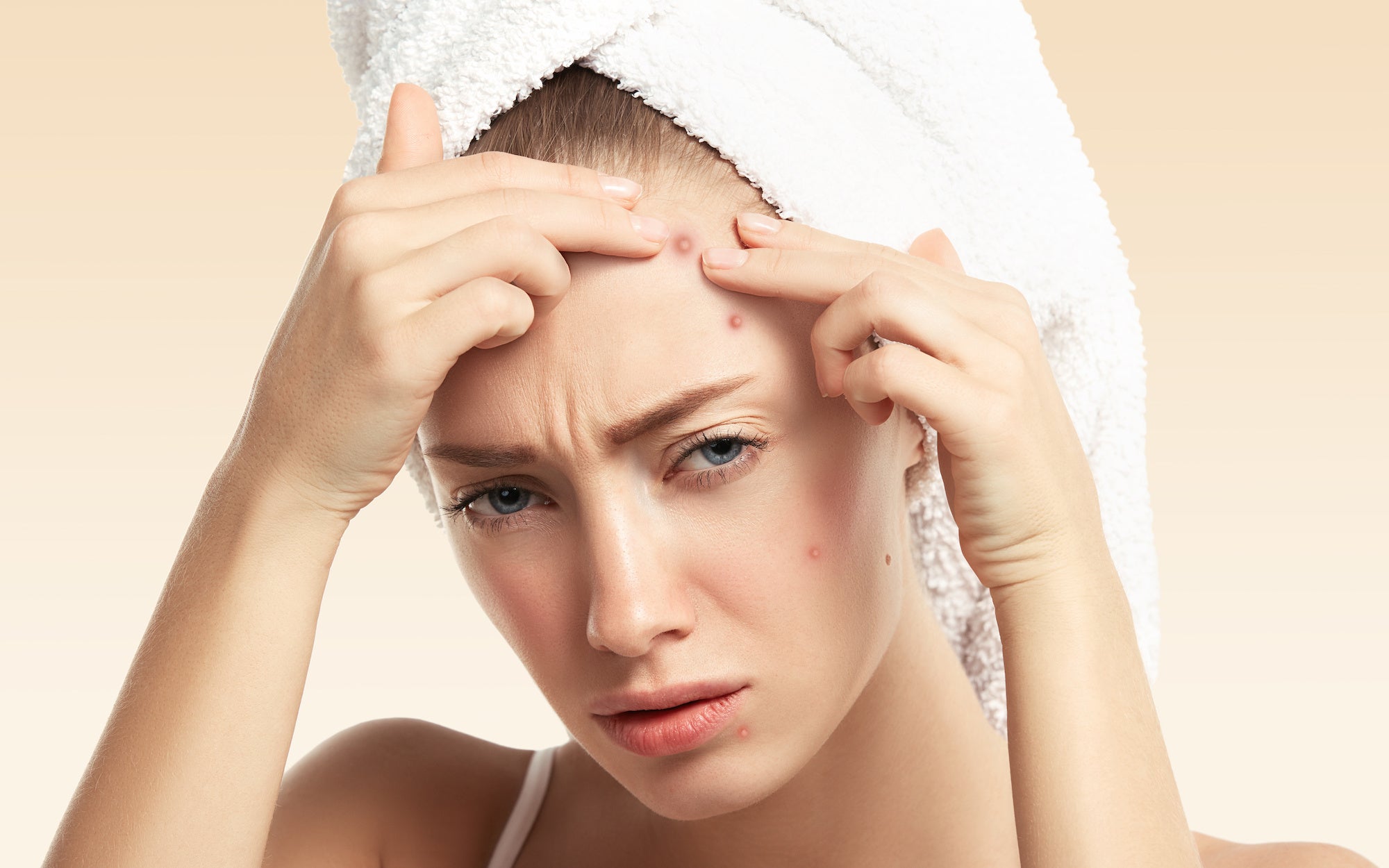Busting Myths About Silicones in Cosmetics
There are many misconceptions about the safety of silicones in cosmetic and personal care products.
WHAT ARE SILICONES?
Silicones are a chemical class of polymers, stemming from sand, which is silicon dioxide. Silicon is the second most abundant chemical element found on the Earth's crust after oxygen. When making silicones, two oxygen atoms attach to every silicon atom creating a molecule that can be easily combined with others, acting as building blocks for a variety of applications.
To spot silicones in your products, look for -cone -conol or -siloxane on the ingredient list. Here are some common names you may see:
- Dimethicone
- Cyclomethicone
- Cyclohexasiloxane
- Cetearyl methicone
- Cyclopentasiloxane

WHY ARE SILICONES USED IN COSMETICS?
Silicones are found in a wide range of beauty products due to their non-reactive properties and ability to enhance the texture and feel of a formulation.
TEXTURE
Many creams and moisturizers utilize silicones for a smooth glide. They help create a silky texture without feeling oily or greasy in serums. Silicones also reduce the white residue and tacky feel of antiperspirants in deodorants. The spreading qualities help products create an even application onto the skin.
MOISTURE
Silicones make great moisturizing agents, preventing moisture loss in the skin with a non-occlusive barrier.
SUNSCREEN
When silicones are used in sunscreens it can have a stronger SPF. This is due in part to the fact that silicones help sunscreens stay on while you swim.
LONG-WEAR
Silicones are long-lasting, prolonging the wear of makeup while being flexible enough not to crack.
APPEARANCE
Makeup with silicones glide easily on to your skin, blend more easily, and help fill in lines and pores. This creates a matte look that blurs light to look flawlessly airbrushed.
GENTLE
Since silicones are non-reactive and gentle for the skin, they are hypoallergenic, non-irritating, and non-comedogenic.

COMMON SILICONE MYTHS
Myth: Silicones are occlusive and suffocate your skin.
The Truth: Silicones form a breathable layer on your skin that is permeable for water molecules and oxygen. In fact, the molecules are too large to get into your pores and clog them.
Myth: Silicones aren't sustainable.
The Truth: Silicones are sustainable since they are made from sand, one of the most abundant minerals on Earth. They degrade back down to sand, carbon dioxide, and water.
Myth: Silicones are toxic.
The Truth: Medical grade silicones like the ones used in cosmetics are specially designed, produced, and purified, so they meet the requirements of the medical industry. Siloxanes on the other hand can be toxic, but they have a low molecular weight which can penetrate the stratum corneum. The kind of silicones used in beauty products is safe and has never been linked to health effects.

ARE THERE SILICONES IN OXYGENETIX?
Yes, Oxygenetix topicals contain Dimethicone, Cyclomethicone, and Methicone. Formulated by scientists and backed by dermatologists, Oxygenetix has always used medical-grade ingredients that are safe for all skin types. The silicones in Oxygenetix products are responsible for the silky feel and long-lasting application of Oxygenating Foundation and Acne Control Foundation.
Since silicones are hypoallergenic and non-irritating, they make the perfect emulsifier for Oxygenetix breathable formulas. The silica mesh allows oxygen, sweat, and water to permeate the skin for foundation that feels like a second skin.



Dejar un comentario
Este sitio está protegido por reCAPTCHA y se aplican la Política de privacidad de Google y los Términos del servicio.